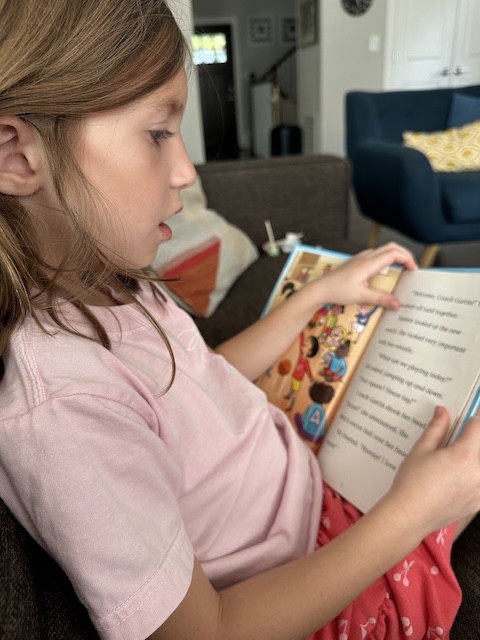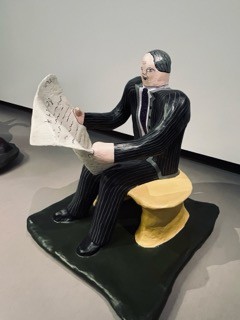I just received this request for information from a friend:
The question being posed is, "how many minutes of literacy instruction
is recommended for early childhood, ages such as preschool and
kindergarten?"
The amount recommended in our district for grades 1-8 is 120 minutes, so we
obviously need to rethink our message to the early childhood program. I'm not
sure if you are familiar with or if this is relevant, but the early childhood
program (preschool - kindergarten) uses Creative Curriculum, which incorporates
center choices with whole group reading and writing instruction.
Thank you in advance for your advice!
My response:
There are no data that I am aware of on that issue, so anything I can tell
you will be conjecture.
When I answer this question (and I do with some regularity), my first response
to is ask a question back: “how long are the preschoolers and kindergartners
there?” The answer to that usually varies from half day to full day. Because
literacy and language aren’t the only issues that need to be addressed in
instruction, it is important that literacy be a good curricular neighbor (not
crowding everyone else unnecessarily).
If it is a whole day situation, then I would argue for the full 2 hours that
you are spending in grades 1-8, and if it is half day, then about 1 hour will
have to do it.
What should go into that 1-2 hours? Your curriculum does a good job of
supporting teachers in some of these categories, and you might consider
supplementing where it does not. We don’t provide children with much oral
language stimulation in grades 1-8 (except incidentally across the day), but
with young children some direct attention to oral language instruction and
stimulation is appropriate as part of the literacy time.
In 2 hours, I would expect some code work (with letters and sounds), some
fluency work (like pretend reading, choral reading, fingerpoint reading), some
listening comprehension (or reading comprehension if the kids have started
reading), some language work (including vocabulary), and some writing time. For
a smaller amount of time, I would teach the same things (just not as much of
them, but I wouldn’t leave any of them out).
Your curriculum presents letters and sounds whole group, and that is iffy.
While juggling times with small groups can be tricky, the studies of code
instruction have only been done with small groups at these age levels. This
means it will take more than two hours to deliver two real hours of instruction
and experience.
Finally, 2 hours does not necessarily mean a block of time. This does not have
to be done from 9-11AM; with young kids, short time spans for activities is
necessary and these various activities can be interspersed through the day. A
little harder to keep track of whether you have hit the time goal, but a lot
more sensible to deliver.

.jpg)





Comments
See what others have to say about this topic.